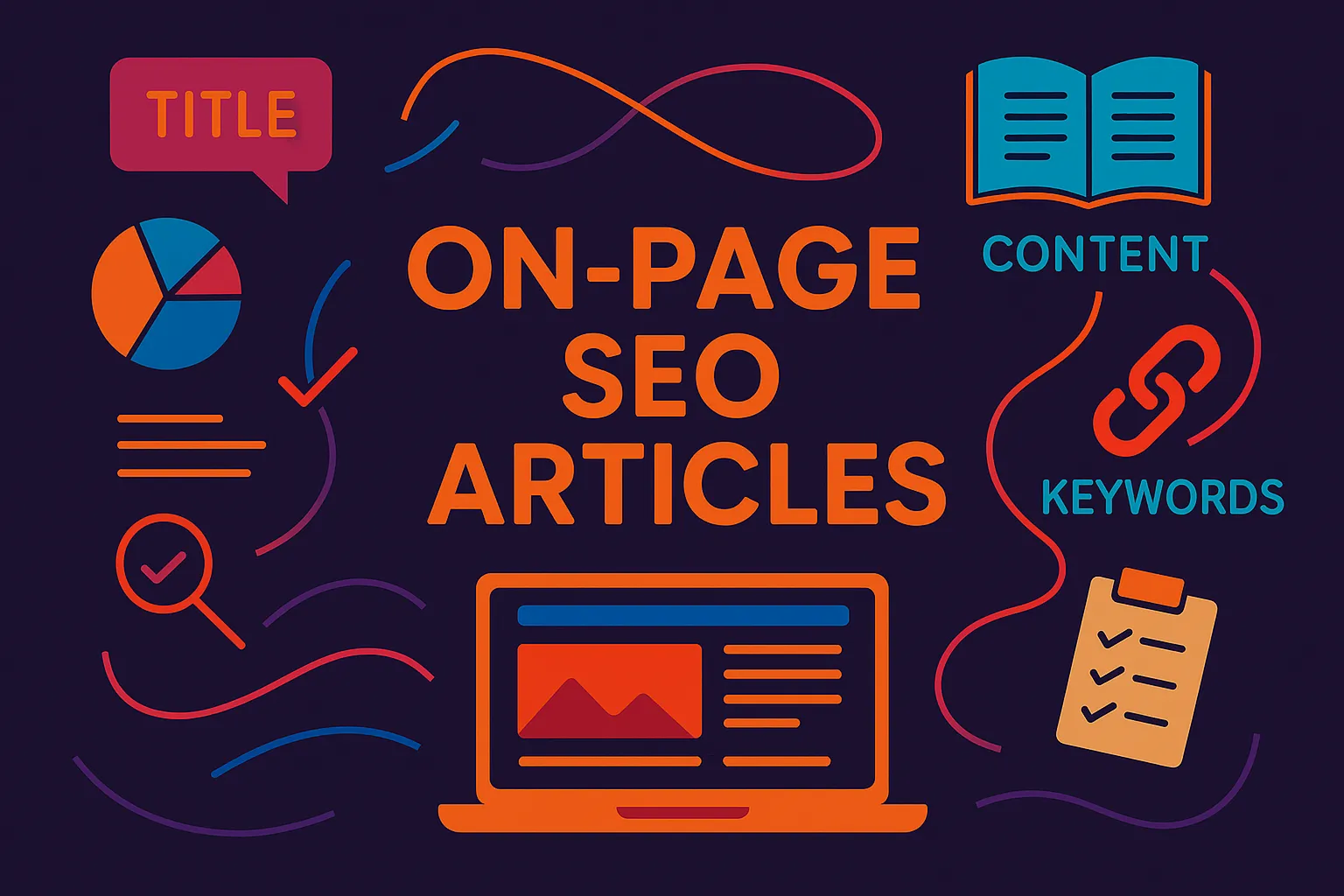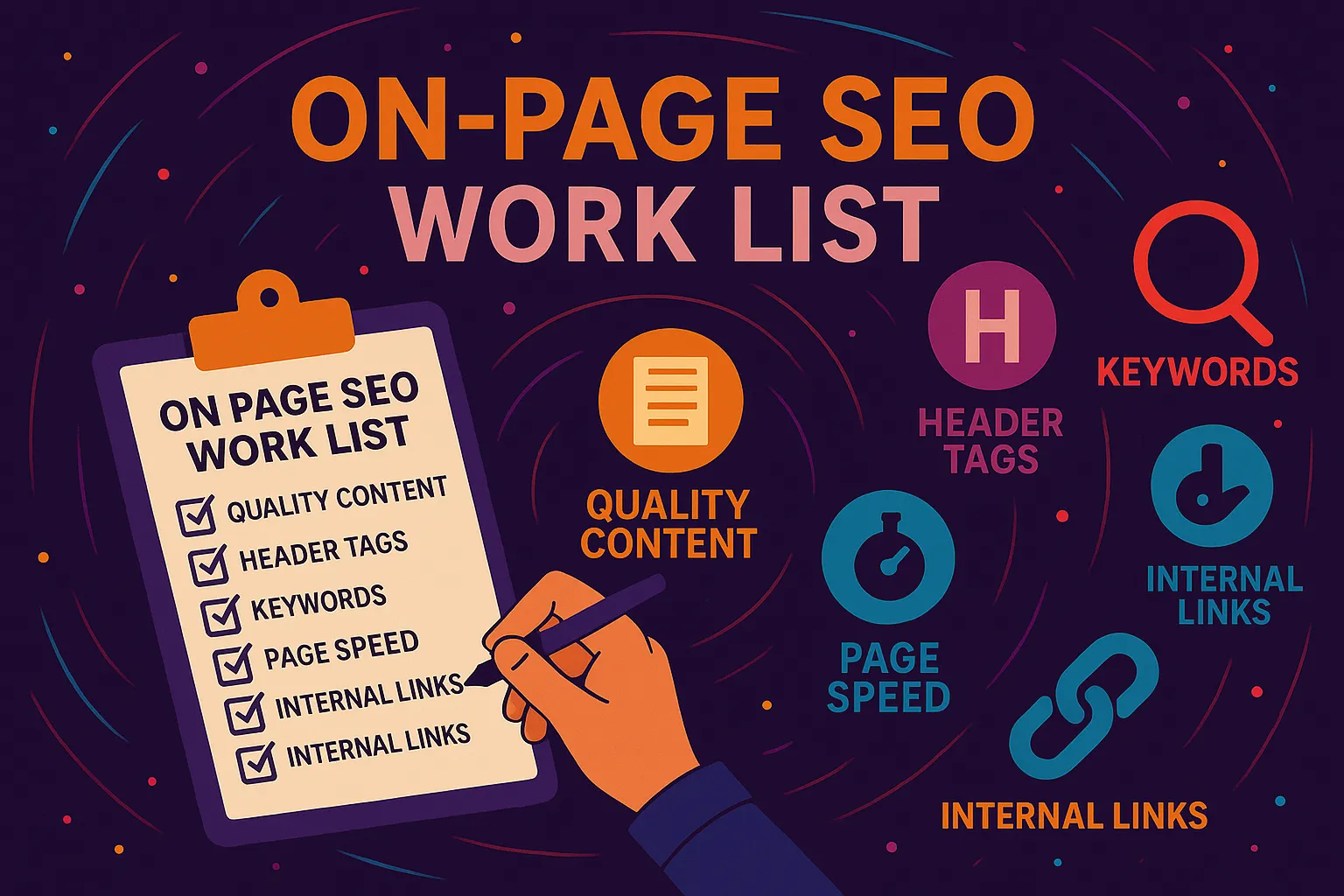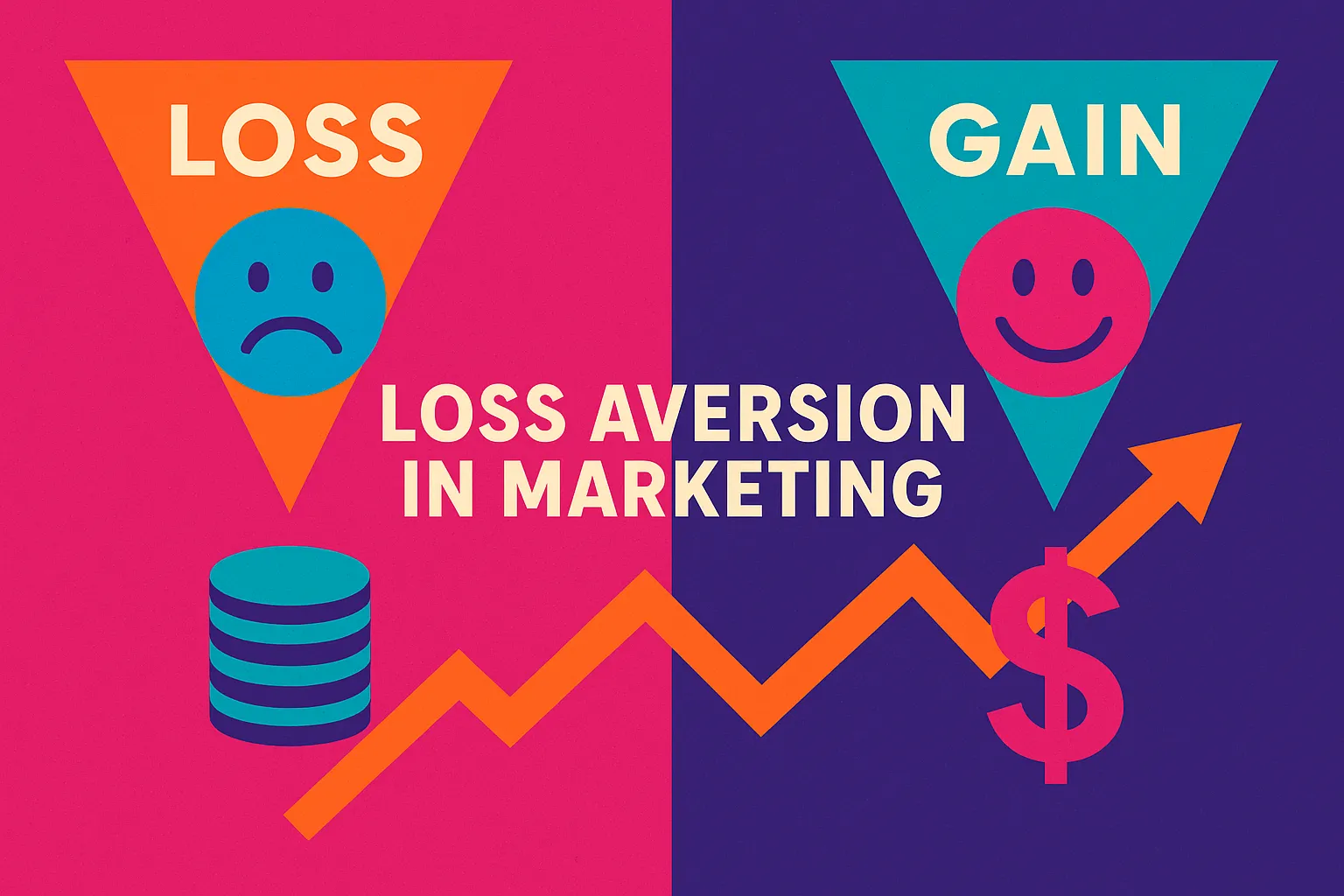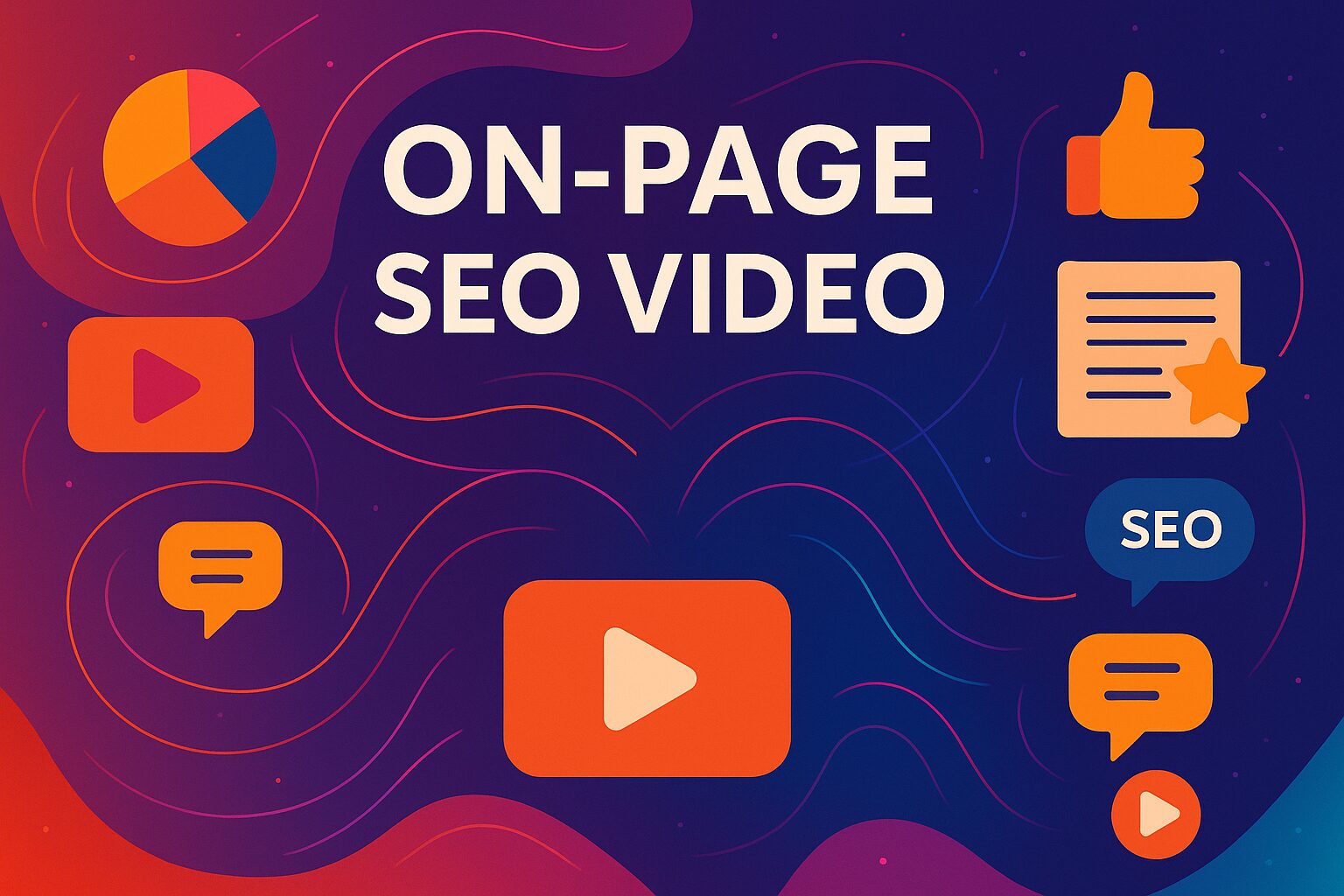What Are On Page SEO Articles?
At Vibe Branding, we’ve spent the last decade helping businesses grow online through content and digital strategy. One of the most underrated but powerful tools we use is crafting strong on page SEO articles.
So what are they exactly? Simply put, on page SEO articles are blog posts or web pages that are optimized for both users and search engines.
These pages include key elements like keywords, headings, meta descriptions, and internal links—all working together to rank higher on Google. The goal is to make each piece of content as valuable, readable, and discoverable as possible.
When we say “on page,” we’re talking about everything you can control directly on your website. This differs from off page SEO, which refers to things like backlinks or social signals.
By dialing in on page SEO articles, you’re laying the foundation for your website’s visibility, traffic, and ultimately—conversion.
TL;DR – Key Takeaways for On Page SEO Articles
- Learn exactly what on page SEO articles are and why they matter.
- Discover how to use keywords naturally and strategically.
- Structure your content with user intent and Google’s algorithm in mind.
- Understand the critical role of readability and UX in SEO.
- Use real tools and checklists to streamline your optimization efforts.
- Avoid common SEO mistakes that kill rankings.
- Learn how to track the success of your on page SEO work
Why On Page SEO Still Matters (and Always Will)
You might think on page SEO is a thing of the past, especially with all the buzz around AI, backlinks, and social metrics. But after running campaigns for startups, e-commerce shops, and enterprise clients, we can tell you firsthand—it still works.
Actually, it works better than ever when combined with modern strategies. In 2025, Google is smarter, but also more focused on user behavior.
If your content doesn’t clearly answer search queries and meet the user’s intent, it won’t rank well—no matter how many backlinks you have. That’s why mastering the basics like clean structure, natural keyword use, and great UX can set your content apart.
We’ve seen clients jump from page three to page one just by fixing poor headers and adding helpful internal links. Our clients often ask, “Can you really grow just through content?”
The answer is yes—if that content is built right. That’s where on page SEO articles come in.

Key Elements of High-Performing On Page SEO Articles
Let’s break down what makes a solid on page SEO article. First, you need a compelling title tag. This isn’t just a formality—it’s what people click on in search results.
We like to include the target keyword as close to the beginning of the title as possible, followed by a clear promise or benefit. Meta descriptions come next, and while they don’t directly impact rankings, they affect click-through rate (CTR).
If nobody clicks on your link, what’s the point? Your headings (H1, H2, H3) should be structured logically, like chapters in a book.
We use H1 for the title, H2s for main topics, and H3s for subtopics. Think of it as creating a map for both Google and your readers.
Internal linking is another powerhouse. Link to older blog posts, service pages, or product pages with relevant anchor text.
This helps distribute SEO authority across your site and keeps users engaged longer. Last but not least, optimize your URL.
Keep it short, readable, and include your primary keyword if possible.
Using Keywords the Smart Way (Not the Spammy Way)
At Vibe Branding, we’ve audited hundreds of websites where keyword stuffing killed user experience. You don’t need to cram “on page SEO articles” into every paragraph.
Instead, use it naturally where it fits—like in your title, first paragraph, headings, and maybe a few more times throughout the article. We also recommend using semantic keywords and variations.
For instance, if your main keyword is “on page SEO articles,” related terms like “SEO-optimized content,” “Google ranking techniques,” and “content optimization” help reinforce topical relevance. Google loves that.
To choose your keywords, tools like Semrush, Ahrefs, and even Google’s “People Also Ask” box offer incredible insight. We like to blend high-volume head terms with long-tail, specific phrases that reflect what users actually search for.
Here’s a quick table we use to map out keyword placement:
Section | Keyword Placement |
Title Tag | Include main keyword |
Meta Description | Include keyword + CTA |
H1 Heading | Use exact match keyword |
First 100 Words | Mention keyword early |
H2/H3 Subheadings | Include variations if natural |
Alt Text for Images | Use descriptive keywords |
Body Content | Use naturally and contextually |
Avoid over-optimization. If a sentence sounds robotic, rewrite it.
If a paragraph looks too keyword-heavy, balance it with synonyms or plain language. Remember, people—not just bots—are reading this.
Structuring Content Like a Pro (And Why It Works)
When someone lands on one of your on page SEO articles, you have about 3–5 seconds to hook them. That means your structure matters.
We usually start with a strong intro that highlights a problem and teases the solution. Then, we build out sections that logically walk the reader through that solution.
Use formatting to your advantage. Bold important points.
Use bullet points to simplify data. Break up long blocks of text so readers aren’t overwhelmed. Each section should have one clear purpose, whether it’s to educate, guide, or persuade.
Internal navigation—like a table of contents—isn’t just helpful for readers. It’s great for SEO too.
It helps Google crawl your content more efficiently and improves time-on-page metrics. That’s a double win.
Most importantly, always write with the reader in mind. Ask yourself: If I searched for this topic, would I find everything I need here?
If the answer is no, keep building.

Readability and UX: The Secret Ranking Signals You Can’t Ignore
Over the years, we’ve realized that even the most well-optimized articles won’t rank—or convert—if they’re hard to read. At Vibe Branding, we’ve built SEO strategies that revolve around clarity, simplicity, and accessibility.
Google tracks user behavior closely. If someone bounces quickly, it’s a red flag.
That’s why every on page SEO article we produce goes through a readability check. We always use fonts that are easy on the eyes (think: 16px and up), keep paragraphs short (2–4 lines max), and sprinkle in visuals that break up the text.
When your layout is clean, users stay longer. When they stay longer, Google takes note.
Mobile optimization is equally critical. Most of your readers are scrolling through your site on their phone.
That means buttons should be tap-friendly, images should load quickly, and popups should never block the screen. UX isn’t just about making things pretty—it’s about reducing friction and guiding readers toward the next step.
To help with this, we use tools like Hemingway Editor and Grammarly to polish the copy. We test layouts with heatmap tools like Hotjar to see where users click and scroll.
This lets us improve real engagement, which in turn, boosts our rankings.
Tools and Checklists That Make On Page SEO Easier
One of the most common questions we get is: “How do I know if I’ve done on page SEO correctly?” That’s where tools and checklists come in.
We’ve developed internal templates at Vibe Branding that our team uses before hitting publish. But if you’re just starting out, here are a few public tools you can try.
First, Semrush’s On Page SEO Checker is great for giving you quick wins. It scans your article and tells you if your keyword is in the title, meta description, headers, and more.
We also love Google Search Console for seeing how your article performs over time—and for spotting crawl errors. If you’re on WordPress, Yoast SEO or Rank Math can act like a smart assistant.
These plugins check for things like keyword usage, link count, readability, and more. We always use them during content prep.
But tools aren’t everything. We also recommend building a personal checklist.
Ours includes items like:
- Is the primary keyword used in the H1 and first paragraph?
- Are there at least 3 internal links?
- Is there one high-authority external link?
- Does the meta description give users a reason to click?
- Is the article visually easy to skim?
With this setup, you can consistently hit the mark with your on page SEO articles—without reinventing the wheel every time.
How Google Evaluates On Page SEO in 2025
If you’ve been in SEO for a while, you know Google’s algorithm changes constantly. What worked five years ago might get you penalized today.
At Vibe Branding, we stay ahead by understanding not just what Google says, but how it behaves. And in 2025, Google is all about context, user intent, and content depth.
One major shift we’ve seen is the role of E-E-A-T—Experience, Expertise, Authoritativeness, and Trustworthiness. This means it’s not enough to throw up a blog post with keywords; you have to prove you know your stuff.
That’s why our on page SEO articles always include real examples, author bios, and references to credible sources. Google’s natural language processing (NLP) systems are also better than ever.
They can recognize synonyms, related concepts, and the completeness of your content. So rather than repeating the same phrase, it’s more effective to cover a topic thoroughly with subtopics, FAQs, and internal links to support pages.
We also pay close attention to Core Web Vitals, which measure user experience in real time. If your page loads slowly, shifts around as it loads, or is unresponsive on mobile, Google sees it—and will rank it lower.
Tools like PageSpeed Insights and Lighthouse help us optimize every article before it goes live. The bottom line: Google wants what your users want—fast, relevant, helpful content.
And on page SEO articles that follow this approach tend to climb the rankings steadily and stay there.

Common On Page SEO Mistakes to Avoid
After more than 10 years helping brands grow online, we’ve seen just about every SEO mistake you can imagine. Trust us—fixing these is sometimes more important than getting everything else right.
Here are the biggest ones we’ve cleaned up over the years. The most common?
Keyword stuffing. It makes your article hard to read and signals to Google that you’re trying to game the system.
Instead, we focus on writing naturally and placing keywords where they make the most sense. Another issue is poor formatting—no headings, long paragraphs, and missing images.
This kills UX and makes it hard for readers (and crawlers) to find what they need. Every section should have a clear heading, supporting subheadings, and scannable content.
Thin content is another big offender. If you write 300 words on a complex topic and expect to rank, you’re in for disappointment.
Comprehensive, helpful content wins—every time. Some brands also forget to optimize images, which can slow page load times and hurt rankings.
We compress images, write alt text, and use descriptive file names to keep things lean and readable for all users. And finally, there’s ignoring search intent.
If your article is about “best hiking boots” but reads like a product page instead of a comparison guide, you won’t rank. You have to match what users actually want when they type in that keyword.
Avoid these pitfalls, and you’re already ahead of 90% of the competition.
How Internal Linking and Semantic Keywords Boost Performance
Here’s something we’ve learned from optimizing hundreds of articles at Vibe Branding: Google doesn’t just rank pages—it ranks sites. That’s where internal linking and semantic keywords come into play.
Internal links tell Google which pages on your site are important. When you link from a high-authority blog post to a new one, you’re essentially saying, “Hey Google, this one matters too.”
We do this constantly. It helps new content get indexed faster and supports deeper keyword themes.
Anchor text matters, too. Don’t just say “click here.”
Use descriptive keywords like “read our SEO pricing breakdown” so Google gets context. But don’t overdo it with exact matches.
Natural variations work best. Semantic keywords are your secret weapon.
If your article is about “on page SEO articles,” sprinkle in terms like “content optimization,” “SEO best practices,” and “Google ranking factors.” These help you rank for more long-tail searches without keyword stuffing.
We also build content hubs, where one long-form pillar page links out to smaller cluster posts. This creates topical authority and makes it easy for readers to explore related topics.
Think of it like building a spider web—more connections mean more strength. In short: link often, link smart, and speak the language of your topic.
Google and your users will reward you for it.
Measuring Success: How to Know Your On Page SEO Articles Work
Publishing an article is just the beginning. To truly master on page SEO, you have to measure what’s working.
At Vibe Branding, we treat content like a living thing—it evolves, gets optimized, and grows over time. Start with Google Search Console.
Track impressions, clicks, average position, and click-through rate (CTR) for your target keywords. If your article is showing up but not getting clicks, tweak the title or meta description.
If it’s not ranking, revisit the content depth or structure. Then there’s Google Analytics.
Look at bounce rate, time on page, and pages per session. If readers are leaving quickly, you may need to improve your intro or tighten up formatting.
If they stick around, that’s a signal that your content is doing its job. We also recommend tracking internal link performance with tools like Hotjar or Microsoft Clarity.
See where people click and what they skip. This helps you improve both structure and calls to action.
Finally, we annotate changes. Whenever we update a headline, add links, or improve readability, we make a note.
That way, we can correlate content updates with traffic spikes or ranking improvements. Here’s a quick sample of the metrics we monitor:
Metric | Why It Matters | Tool Used |
Organic Impressions | Measures visibility in search results | Google Search Console |
Click-Through Rate | Shows how compelling your snippet is | Google Search Console |
Time on Page | Indicates content engagement | Google Analytics |
Bounce Rate | Shows user satisfaction | Google Analytics |
Internal Clicks | Reflects content structure strength | Hotjar / Clarity |
Measuring results turns guesswork into growth. Don’t skip it.
Final Thoughts: Building SEO Articles That Actually Work
Creating effective on page SEO articles isn’t about gaming the algorithm—it’s about building trust, clarity, and value into every word. At Vibe Branding, our clients succeed because we don’t chase trends—we follow the proven principles and then layer in creativity, data, and UX.
We write for humans first, but we structure for machines. That’s the balance.
And it’s not easy—but it works. Whether we’re helping a local service provider grow their blog or building 100+ content pages for an ecommerce brand, we stick to this formula because we’ve seen the results firsthand.
If you’ve made it this far, you now have everything you need to write on page SEO articles that actually rank. You don’t need to guess anymore.
You just need to apply what works. Looking to take your content game to the next level?
Let’s talk. We do this every day at Vibe Branding, and we’d love to help your brand rise to the top—one article at a time.





